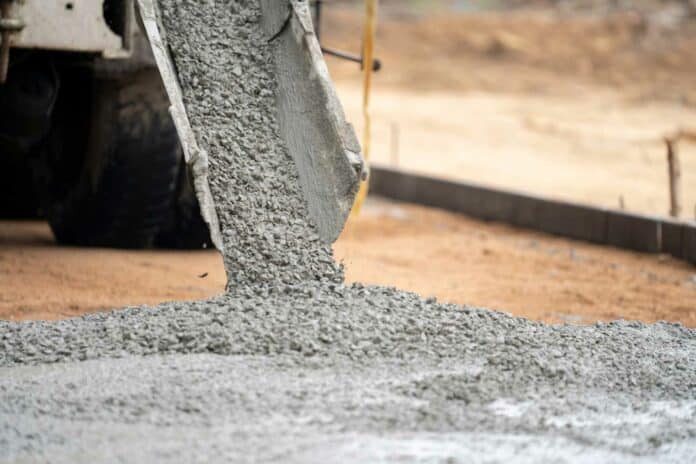Concrete primarily comprises aggregates, with sand and rocks being the largest volume component. Sand, in particular, is the most mined material globally. However, the extraction rate of sand currently needs to reach its natural replenishment rate, leading to concerns about a potential shortage of concrete-suitable sand on a global scale.
A study conducted by researchers at Rice University suggests that graphene derived from metallurgical coke, a coal-based product, has the potential to not only act as a reinforcing additive in cement but also serve as a replacement for sand in concrete. This finding highlights the versatility of graphene as a material with potential applications in enhancing the properties of concrete while offering a sustainable alternative to traditional concrete components like sand.
James Tour, Rice’s T. T. and W. F. Chao Professor and a professor of chemistry, materials science, and nanoengineering, said, “This could have a major impact on one of the biggest industries in the world. We compared concrete made using the graphene aggregate substitute with suitable sand aggregates, and we found our concrete is 25% lighter but just as tough.”
Paul Advincula, a Rice doctoral alum and lead author of the study, said, “Initial experiments where metallurgical coke was converted into graphene resulted in a material that appeared similar in size to sand. We decided to explore using metallurgical coke-derived graphene as a total replacement for sand in concrete, and our findings show that it would work well.”
Tests comparing conventional concrete with concrete incorporating graphene aggregates have shown promising results. Graphene-based concrete matches the mechanical properties of standard concrete and exhibits a higher strength-to-weight ratio. This indicates that including graphene could enhance the performance of concrete structures while potentially reducing the overall weight.
The Tour lab’s utilization of Flash Joule heating for various applications, including the synthesis of hybrid carbon nanomaterials, battery part recycling, and heavy metal removal from coal fly ash, demonstrates the versatility of this technology in diverse fields.
Advincula said, “This technique produces graphene faster and at a larger scale than previous methods.”
The integration of graphene into concrete, with the potential to replace natural sand and reduce carbon emissions from the concrete industry, holds promise for more sustainable urban development practices. By addressing challenges related to the over-extraction of sand and contributing to lower environmental impacts, this innovative technology aligns with sustainability goals in the construction sector.
Tour said, “It will take some time for the price of graphene to get low enough to make this viable. But this shows there are alternatives we can pursue.”
Satish Nagarajaiah, a professor of civil and environmental engineering and of mechanical engineering who is a corresponding author on the study, emphasized that “30% of concrete is composed of sand — a significant part.”
“The fact that we’re on the brink of a ‘sand crisis’ motivates us to look for alternatives, and metallurgical coke, which costs about the same as sand at about 10% of the cost of concrete, could help not only make better-quality concrete but also eventually translate into significant savings.”
Journal Reference:
- Paul Advincula, Wei Meng, Lucas Eddy, Phelecia Scotland, Jacob Beckham, Satish Nagarajaiah and James Tour. Replacement of Concrete Aggregates with Coal-Derived Flash Graphene. ACS Applied Materials and Interfaces. DOI: 10.1021/acsami.3c15156
